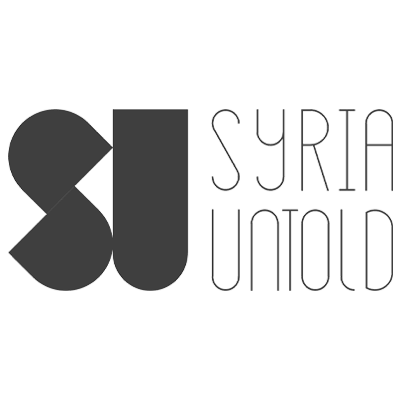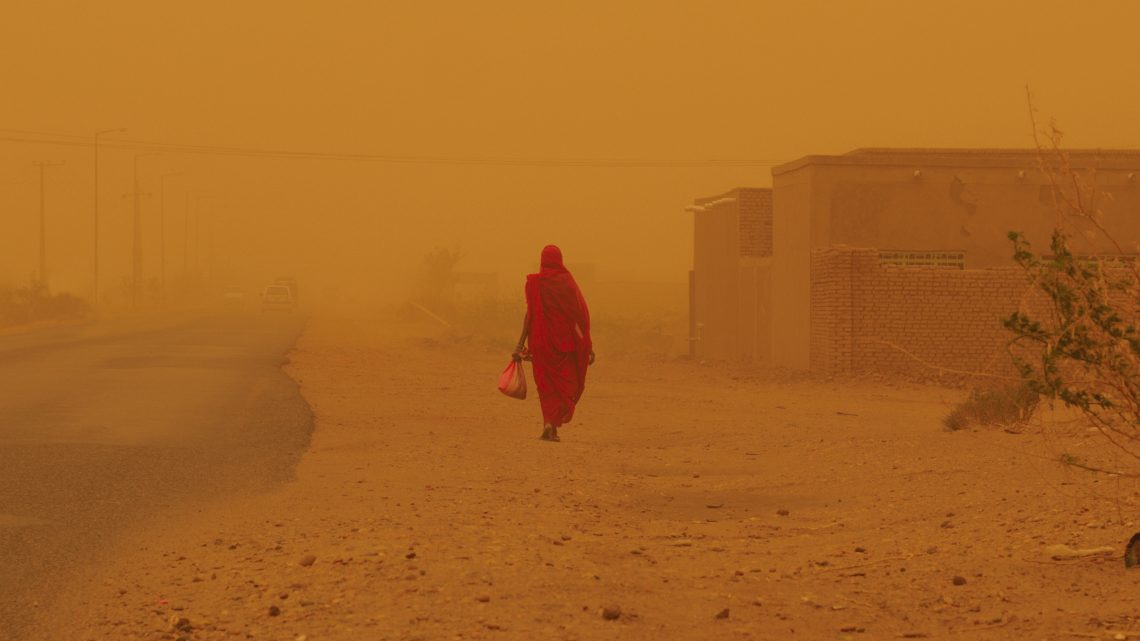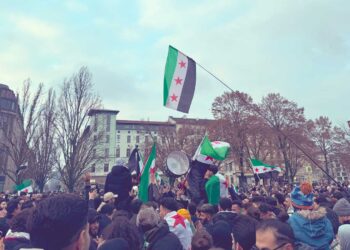On the morning of April 15th, 2023, when Sudanese people awoke to the sounds of gunfire, they certainly did not imagine that their lives would be changed forever. Six months later, it is still difficult to fathom that the country that recently witnessed an incredible revolution that inspired the entire world is now a battlefield embroiled in a violent power struggle. As the country plunges into one of the worst humanitarian crises in its history, the chances for an imminent end to the war seem slim. Various mediation efforts have failed, and both warring factions, the Sudanese Armed Forces (SAF) and the paramilitary Rapid Support Forces (RSF), are determined to achieve military victory despite the high costs. Nevertheless, many domestic and international actors continue appealing for a mediated political solution to save the country from total collapse that could drag the entire region into conflict and instability.
Origins of the conflict
In December 2018, the people of Sudan took to the streets to end the rule of the kleptocratic regime of President Omar al-Bashir. Following months of protests that were met with extreme violence, al-Bashir was ousted in April 2019. Consequently, a transitional period was initiated and a civilian–military coalition government was formed to steer the country through the transition, harbouring hopes of establishing a genuine foundation for democracy in Sudan. This power-sharing arrangement proved to be very fragile due to structural issues in the agreement and wrangling among the transition partners.
Eventually, all efforts to rescue the transition collapsed when the military faction orchestrated a coup in October 2021, shattering the dreams of a democratic settlement. The coup substantially undid the December 2018 revolution and stalled the transition process.
The Sudanese people immediately revived the resistance movement and mobilized against the coup, while many initiatives were undertaken to undo it. The one that gained the most traction was the Political Framework Agreement, led by the trilateral mechanism of the United Nations Integrated Transition Assistance Mission in Sudan (UNITAMS), the African Union (AU), and the Intergovernmental Authority on Development (IGAD). Despite the discontent of many grassroots groups for not being meaningfully included, the agreement seemed to be moving forward and was close to striking a deal with the military leaders.
The final stages encompassed organizing workshops to resolve contentious issues, including security sector reform. The issue of security sector arrangement, which entailed discussions around the merger of the RSF within SAF, ignited tensions between their respective leaders. Thus, the efforts of mediators and civilian actors shifted to defusing the tensions between the two security factions. However, tensions continued escalating amid war propaganda propagated by the allies of the former regime of al-Bashir until the violent conflict erupted in mid-April. It remains unclear which side fired the first shot in this devastating war, with each party accusing the other of starting it.
The course of the war
The ongoing war has inflicted egregious human suffering, including the destruction of infrastructure, looting, pillaging, and ransacking of homes and businesses. An estimated 5.5 million people have fled their homes, seeking refuge within Sudan or in neighbouring countries under devastating conditions. That is an average of more than 30,000 a day, many fleeing with nothing but the clothes on their backs. Sudan has become the world’s fastest-growing displacement crisis. The extensive destruction of infrastructure includes hospitals, schools, government buildings, water, electricity and communication networks. Many factories, businesses and homes have been looted or lie in ruins. The fighting continues to devastate civilians, subjecting them to death, rape, separation of families and flagrant violation of international humanitarian law. Furthermore, those displaced internally are enduring grave humanitarian conditions amidst severe challenges in accessing food, water, shelter, electricity, education and health care. Half of Sudan’s population is currently vulnerable and in need of urgent humanitarian assistance and protection.
While the fighting between SAF and RSF is concentrated in Khartoum, Sudan’s capital city, the war is not only confined to Khartoum but has spread to various regions including the already war-torn region of Darfur. The conflict between SAF and RSF ignited a civil war there, with heinous war crimes and atrocities against civilians being reported. The RSF and allied Arab militias have been accused of ethnic massacres, where more than 10,000 people have been killed in West Darfur alone. The gravity of the humanitarian situation in Darfur is unparalleled and certainly underreported. Indeed, Darfur serves as a vivid demonstration of what the feared worst-case scenario, a full-blown civil war, would look like if the war in Sudan continues unchecked.
Humanitarian efforts have been facing serious challenges. Delivering humanitarian assistance in an active conflict faces huge security and logistical obstacles, and the international humanitarian response has been unable to keep pace with the scope and scale of Sudan’s crisis. Humanitarian agencies have not been able to guarantee the safety of their staff, with 19 aid workers being killed since the beginning of the conflict. Humanitarian officials say the widening conflict in Sudan has left them trying to “plan for the apocalypse” as aid supply lines are disrupted and more people displacement is growing at unprecedented rates, both internally and across the country’s borders. Nevertheless, a former UN undersecretary-general and special adviser on the prevention of genocide has stated that the world should have learned from past tragedies to enact better humanitarian strategies, suggesting that “what is going on in Sudan should be a source of shame, a scar on our collective humanity”.
Sudanese civil society’s response
While international humanitarian agencies are grappling with their response, local actors have stepped up to fill the vacuum, with various grassroots groups mobilizing and providing assistance to citizens. This is not a new phenomenon in Sudan as the country has a track record of a striving civil movement and a deeply rooted tradition of collective civic action. This Sudanese civil movement encompasses various civilian entities, including civil society organizations, trade unions, political parties and resistance committees. However, it is widely agreed that the resistance committees have been the soul of Sudan’s democratic movement. They are thousands of activist movement groups that emerged in neighborhoods across Sudan, as new political agents and arguably became the most instrumental actors in Sudan’s political spheres. They engage in a variety of activities including organizing protests, supporting victims of abuse and injustice, working to coordinate resistance and advocacy efforts with local governments, and human rights campaigns. Moreover, they have been active in providing services to their respective neighborhoods.
After the outbreak of war in Sudan, the resistance committees have played crucial humanitarian roles. They quickly transformed themselves into Sudan’s humanitarian first responders, aiming to provide the vanished services of Sudan’s collapsed state. They continue to scramble to aid Sudanese caught in the war. They established “emergence rooms” to provide social protection and humanitarian relief to citizens on the ground impacted by fighting between SAF and RSF. With very limited resources, the emergency rooms that they established have been organizing local collective kitchens to prepare food for people, repairing and reopening damaged hospitals, sourcing medical supplies, as well as mobilizing teams of volunteer medics to provide first-responder assistance to the injured and chronically ill. Furthermore, they have coordinated the safe evacuation of civilians from front-line areas, repaired electrical systems to restore power to medical centres, and worked to locate missing individuals and reunite them with their families. These services are often carried out at significant personal risk, as many of the members of the emergency rooms were arrested by either of the warring factions and some were even killed while providing services.
Ending Sudan’s war: mediation mayhem
It is evident that the international community is facing serious challenges in responding to the conflict in Sudan, with traditional diplomacy efforts having very limited impact. Furthermore, the various initiatives we have seen so far are struggling to find their direction and appear to be fragmented and competing with each other rather than coordinating. In early May, the US and Saudi Arabia convened the RSF and SAF for talks in Jeddah. This should have been a wide mediation umbrella that incorporates all international mediators and Sudanese civilian actors. Instead, the Jeddah platform excluded key regional countries and Sudanese civilian actors, which created the space and justification for other forums to emerge. Although various ceasefire agreements were signed through the Jeddah platform, they were barely respected.
Soon after, the East African regional block, IGAD, joined the mediation efforts. Yet, IGAD lacks the membership of two other critical regional players, Chad and Egypt. In response to their exclusion from both Jeddah and IGAD, Egypt and Chad joined efforts to establish yet another platform: the neighbouring countries’ initiative. In July, they convened in Cairo, with heads of states of Sudan’s neighbouring countries attending the summit. Moreover, there is the African Union’s initiative, which primarily focuses on convening Sudan’s civilians, but has not yet succeeded in holding any meetings. There is no transparency or clarity on the impediments of the process.
The multiplicity of forums dilutes mediators’ influence and results in an array of uncoordinated proposals. These initiatives will be rendered ineffective unless they join efforts and work together, and bring on board regional countries that have more leverage, like Egypt, the UAE and Saudi Arabia, as well as other global powers. The urgent task at hand is therefore to generate sufficient influence on the warring parties to create an opening for a political solution. Furthermore, all talks should include Sudanese civilian actors, as key stakeholders with crucial roles in ending the conflict. To that extent, the international community must realise there are no quick and easy fixes for ending Sudan’s war, as cosmetic solutions through hurried talks between elites will not suffice. There is a pressing need for international stakeholders to re-evaluate their current strategies and abandon their rushed and fragmented approaches that appease the warring parties and ignore Sudanese civilians.
There is no doubt that the continuing strife in Sudan holds the potential to trigger an explosion of economic, social, tribal, and ethnic warfare across the entire region, and most likely beyond it as well. Therefore, the Sudanese people, with their desires for democracy and economic prosperity, deserve much more support and attention from the world to end the dreadful nightmare they have been living for the past six months.
Key
If you want to read more articles, books, websites of relevant CSOs and NGOs, accounts of activists, journalist, you can find the author’s list here:
https://www.hurstpublishers.com/book/sudans-unfinished-democracy/
https://x.com/sudanwarmonitor?s=20








